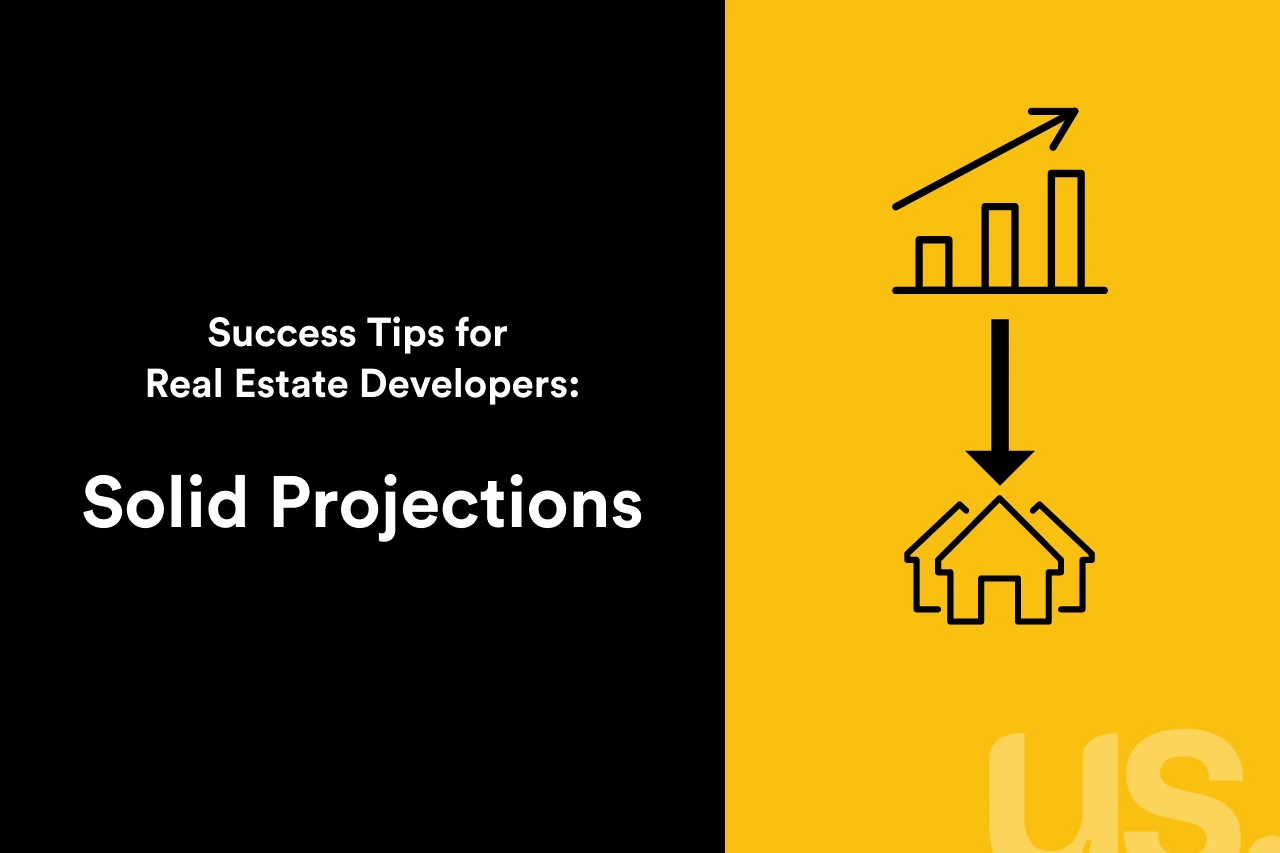Whether you’re a seasoned real estate developer fine-tuning your strategies or an aspiring newcomer eager to make your mark in the industry, there is always more to know and learn to help grow your business and scale your impact. This series is designed to provide invaluable insights and actionable advice to propel your development projects and your business forward.
At the Momentus Capital branded family of organizations, we harness the collective expertise of Capital Impact Partners, CDC Small Business Finance, and Momentus Securities to expand capital and opportunities for underestimated communities.
At Capital Impact Partners, in particular, we offer flexible and affordable financing to a diverse array of community development projects that deliver tangible social impact. From community health centers to affordable housing developments, we are committed to empowering projects that uplift communities and foster sustainable growth. We also offer programmatic services that equip you with the resources, support, and networking opportunities you need to succeed in the real estate development world.
In the competitive realm of real estate development, success hinges not only on vision and execution but also on the ability to navigate complex relationships, craft solid real estate development projections, and attract investors. These pillars serve as the bedrock upon which thriving projects are built, distinguishing between mere ventures and enduring successes.
Solid real estate development projections are a key to success, providing a roadmap for project feasibility and financial viability. In this installment, we’ll explore the critical aspects of creating pro forma models and building capital stacks, essential for navigating the complexities of the development process.
Creating Pro Formas: A Vital Tool for Success
A pro forma model is a financial projection tool that forecasts the potential financial outcomes of a real estate development project. It serves as a crucial guide for developers, investors, and lenders, offering insights into project feasibility and potential returns on investment. To create a robust pro forma model, developers must consider a range of factors, including land acquisition costs, construction expenses, operating expenses, and projected rental income.
Key Considerations in Pro Forma Development
Developers must carefully balance short-term and long-term real estate development projections in their pro forma models, taking into account factors such as vacancy rates, management costs, taxes, and rent projections based on cost per square foot. Challenges may arise during the creation and updating of pro forma models, requiring developers to adapt and address uncertainties effectively. Pre-development phase costs, including environmental reports and market studies, are crucial considerations that must be prioritized in pro forma development.
“One of the critical elements that need to be in your pro forma are projections into the future, which are costs and rent, and more importantly, how long it’s going to take.” – Christopher Agorsor, Principal at Agorsor Equities

Lessons Learned and Tips for Success
Throughout the development process, developers must remain vigilant and adaptable, learning from their experiences and refining their strategies for future projects. Transparency and open communication with lenders are essential for building strong relationships and securing project financing. By attending industry events, networking, and staying informed about market conditions, developers can streamline their capital stacks and secure financing tailored to their project’s needs.
Building Capital Stacks: Navigating Project Financing
A capital stack represents the various sources of funding, including debt and equity, that finance a real estate development project. Developers must carefully structure their capital stacks to ensure project feasibility and mitigate risk.
By mastering the art of pro forma development and capital stack structuring, developers can navigate the complexities of the development process with confidence and achieve their goals. Training and resources provided through our programmatic services will help give you the confidence needed to build solid projections.
Contact us today to start a conversation about how Momentus Capital can support your journey to success.










